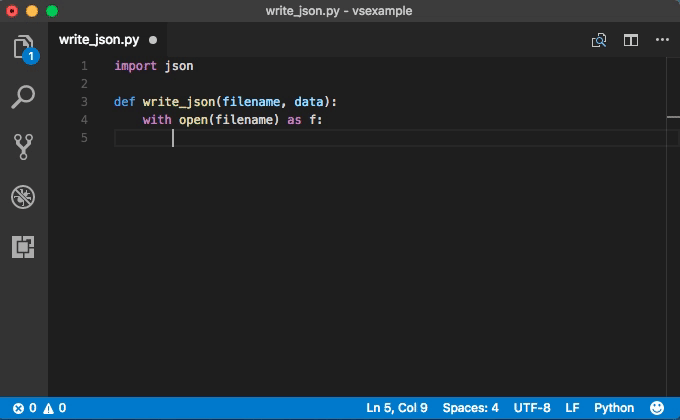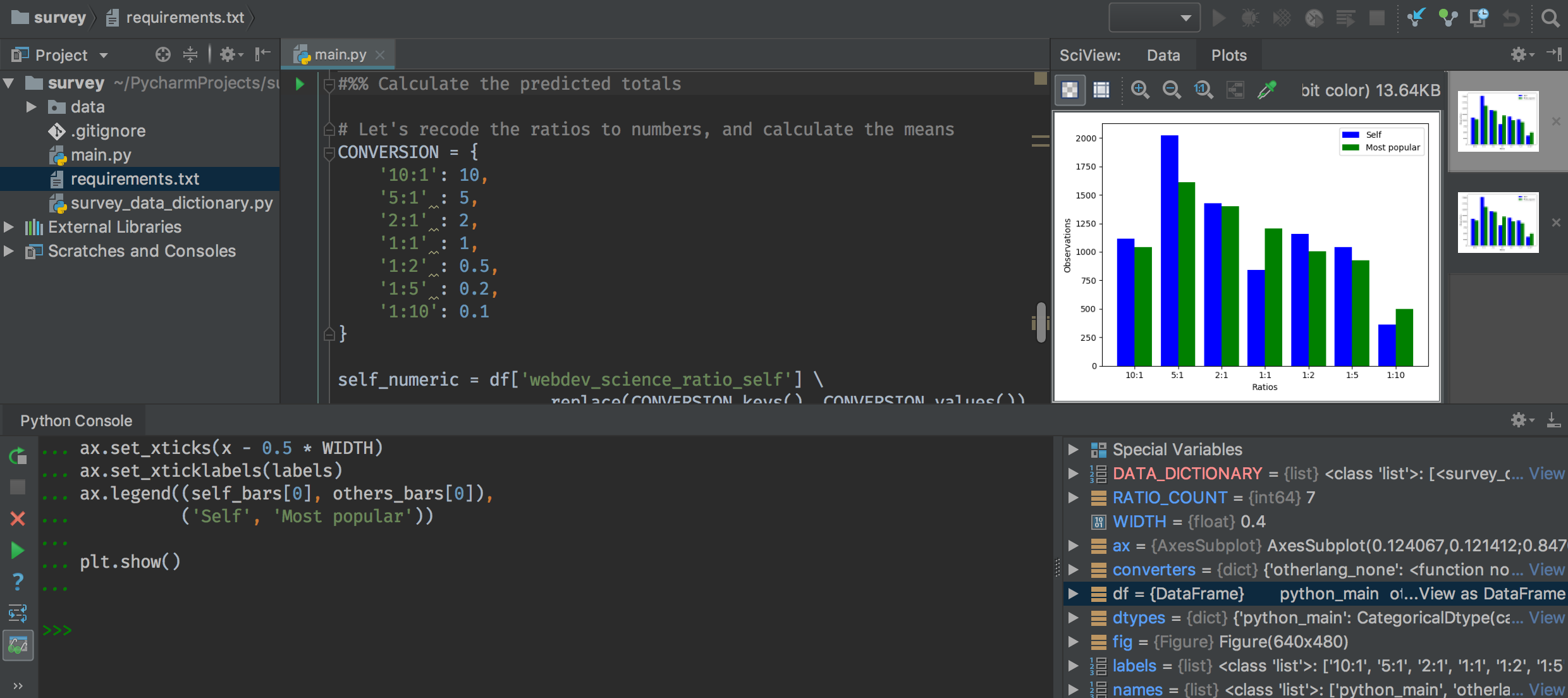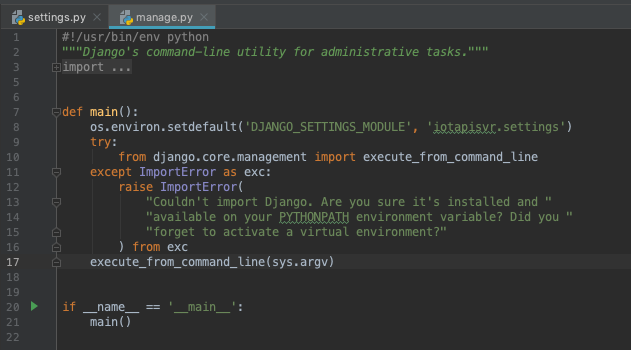

- #Best python ide for research software
- #Best python ide for research code
- #Best python ide for research series
The first part outlines the basic syntax of the language, along with its main constructs such as lists, dictionaries and control flow (if statements and loops). One of the best books to learn the syntax and basic usage of the language is Eric Matthes's Python Crash Course, 2nd Ed.
#Best python ide for research software
The main contenders are P圜harm by JetBrains, VSCode by Microsoft for software development or JupyterLab for interactive notebook style research. There are many Integrated Development Environments (IDE) that support Python. Python presents a comprehensive list of benefits, but how does one begin learning the language? Fortunately there are plenty of high quality textbooks and guides available to help a beginner learn Python.Īs with the previous article on C++ an initial consideration is which software framework to use when writing Python code. Being an expert in Python will be a significant career benefit for many years to come.
#Best python ide for research code
It has support for invoking C, C++, Fortran, Java and R code and can itself be called from libraries written in these languages.

As the language itself matured, along with the development of a rich ecosystem of numerical and scientific libraries, Python adoption increased. In the financial world Python has often historically been introduced as a 'scripting' or 'glue' language, suitable for tying other large code bases together, themselves often written in C++ or Java. It presents a list of textbooks that are suitable for learning Python from scratch through to an intermediate level. This article has been written for both prospective quantitative analysts as well as those that are early in their career but have not had previous exposure to Python. While C++ still plays a significant part in mission-critical derivatives pricing libraries it is now common to find these 'wrapped' in Python to allow straightforward modelling for the quant analyst or researcher. It is used extensively within investment banks and quantitative hedge funds, both as a research tool and production implementation language. Python is now firmly entrenched in the quant finance world.


#Best python ide for research series
Other posts in the series concentrate on Derivatives Pricing, C++ Programming and Numerical Methods: This post is part of a series of reading lists for beginner quantitative analysts. Reading Lists for Beginning Quantitative Analysts


 0 kommentar(er)
0 kommentar(er)
